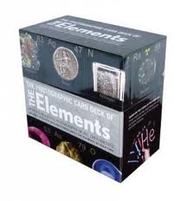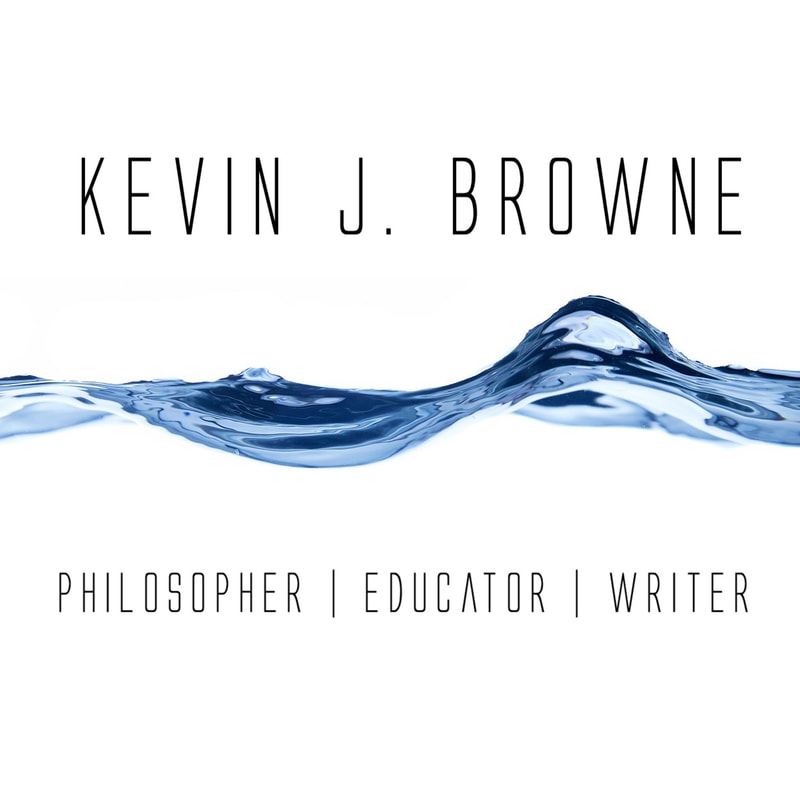 This question, or variations on it, was one of my daughter's favorite questions to ask when she was younger. "What is wood made of?" "What is glass made of?" You get the idea. What a perfect opportunity to introduce the elements. Given my daughter's love of cards, The Elements by Theodore Gray is a perfect fit. Of course, many of the elements are unfamiliar and tangible examples don't exist in most people's homes. But, for many of the common elements, there are good examples to bring the concept to life. Among the elements we've found examples of either in pure form or compounds: Silicon: glass windows Iron: kitchen appliances Carbon: diamond ring, graphite shafts on golf clubs Titanium: golf club heads, titanium white paint Copper: deck post caps, pennies, brass statue Cobalt: cobalt glass Nickel: nickels and dimes Gold: pure gold coin, jewelry Silver: pure silver coin Sodium: table salt Chlorine: bleach, table salt Iodine: table salt Phosphorous: matches Potassium: bananas Mercury: thermometer Argon: double glazed windows Calcium: milk Tin: pewter statue Zinc: brass statue So, we have fun with element scavenger hunts. We learn about compounds, chemistry, and connections. The best part for me as a philosopher is my daughter's curiosity and persistent questioning: "What's water made of?" Hydrogen and oxygen. "What are hydrogen and oxygen made of?" Atoms "What are atoms made of?" And so on as far down as we can to or can go. It's a great way to begin building a foundation in the basics of chemistry and physics.
0 Comments
Leave a Reply. |
KEVIN J. BROWNEPhilosopher / Educator These blog posts contain links to products on Amazon.com. As an Amazon Associate I earn from qualifying purchases.
Categories
All
Archives
April 2023
|



 RSS Feed
RSS Feed
















